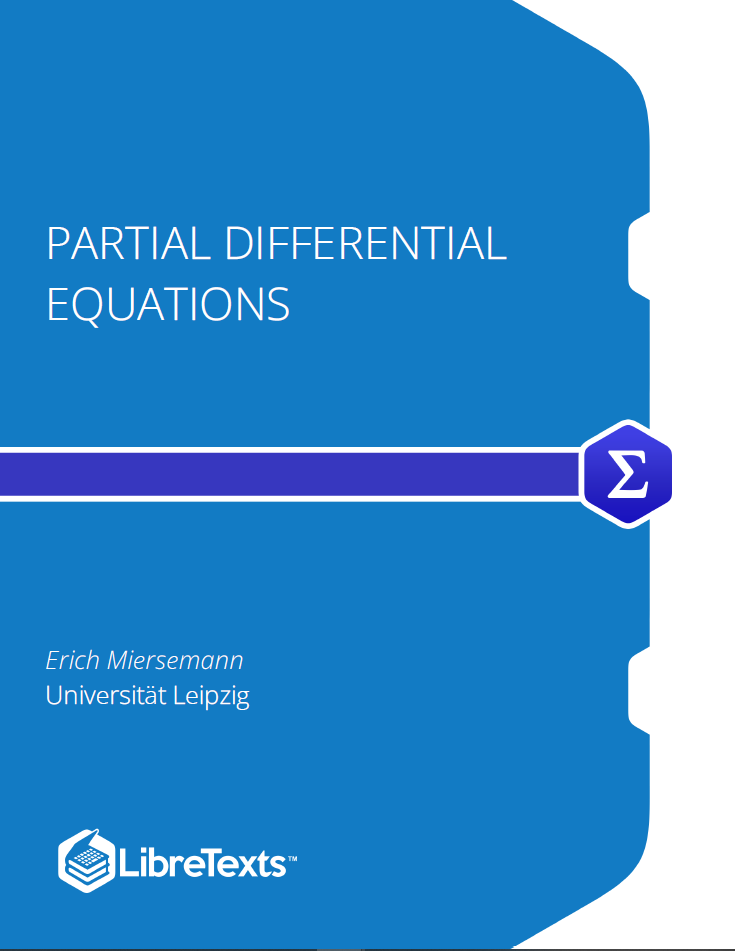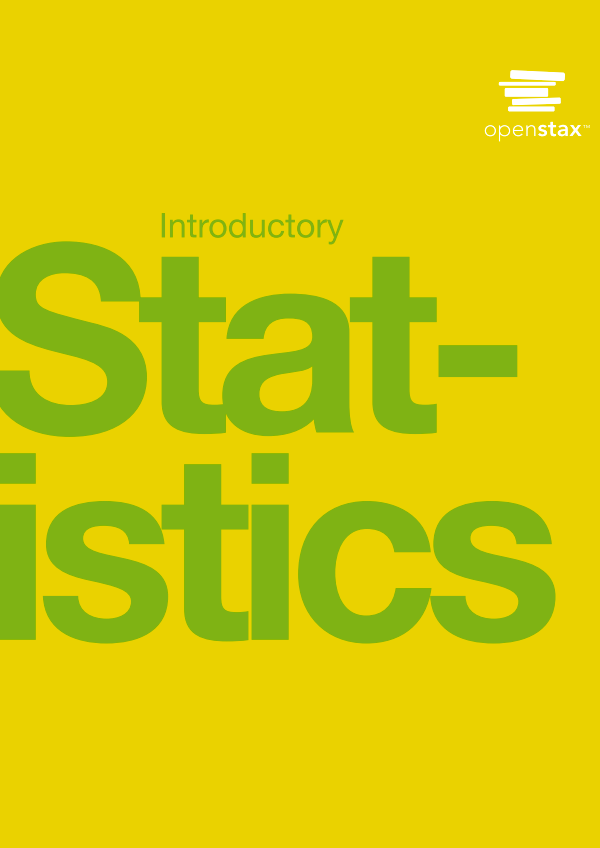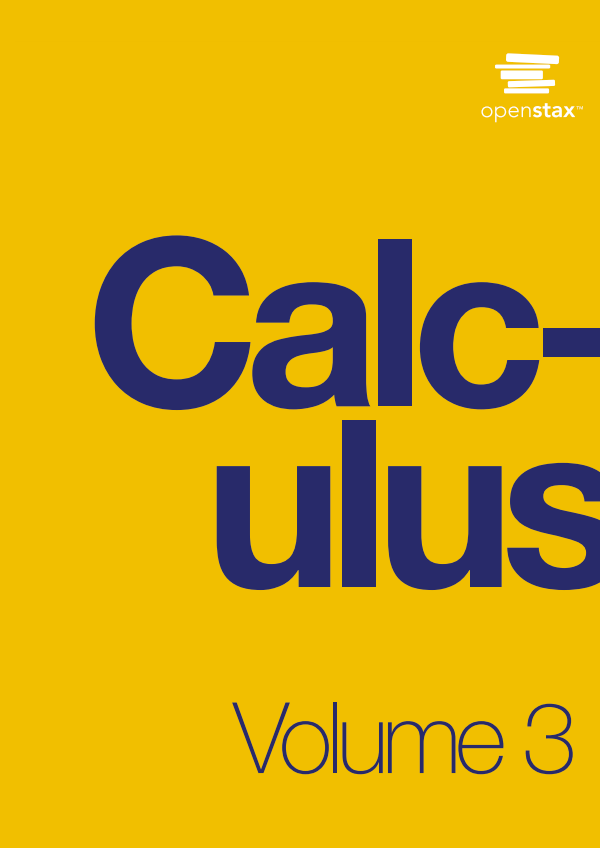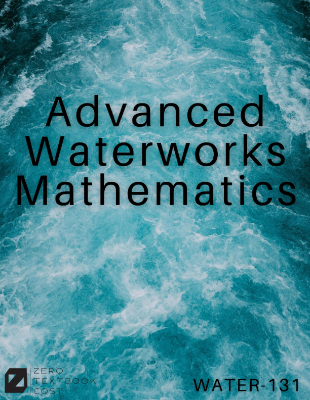A partial differential equation (PDE) is a differential equation that contains unknown multivariable functions and their partial derivatives. PDEs are used to formulate problems involving functions of several variables, and are either solved by hand, or used to create a relevant computer model. A special case is ordinary differential equations (ODEs), which deal with functions of a single variable and their derivatives. PDEs can be used to describe a wide variety of phenomena such as sound, heat, electrostatics, electrodynamics, fluid dynamics, elasticity, or quantum mechanics. These seemingly distinct physical phenomena can be formalized similarly in terms of PDEs.
Introduction to Partial Differential Equations
In this course we shall consider so-called linear Partial Differential Equations (P.D.E.’s). This chapter is intended to give a short definition of such equations, and a few of their properties. However, before introducing a new set of definitions, let me remind you of the so-called ordinary differential equations ( O.D.E.’s) you have encountered in many physical problems.
More than 2D
In more than two dimensions we use a similar definition, based on the fact that all eigenvalues of the coefficient matrix have the same sign (for an elliptic equation), have different signs (hyperbolic) or one of them is zero (parabolic). This has to do with the behavior along the characteristics, as discussed below.
Boundary and Initial Conditions
As you all know, solutions to ordinary differential equations are usually not unique (integration constants appear in many places). This is of course equally a problem for PDE’s. PDE’s are usually specified through a set of boundary or initial conditions. A boundary condition expresses the behavior of a function on the boundary (border) of its area of definition. An initial condition is like a boundary condition, but then for the time-direction.
Introduction to Boundary and Initial Conditions
As you all know, solutions to ordinary differential equations are usually not unique (integration constants appear in many places). This is of course equally a problem for PDE’s. PDE’s are usually specified through a set of boundary or initial conditions. A boundary condition expresses the behavior of a function on the boundary (border) of its area of definition. An initial condition is like a boundary condition, but then for the time-direction. Not all boundary conditions allow for solutions, but usually the physics suggests what makes sense.
Implicit Boundary Conditions
In many physical problems we have implicit boundary conditions, which just mean that we have certain conditions we wish to be satisfied. This is usually the case for systems defined on an infinite definition area. For the case of the Schrödinger equation this usually means that we require the wavefunction to be normalizable. We thus have to disallow the wave function blowing up at infinity. Sometimes we implicitly assume continuity or differentiability. In general one should be careful about such implicit BC’s, which may be extremely important.











